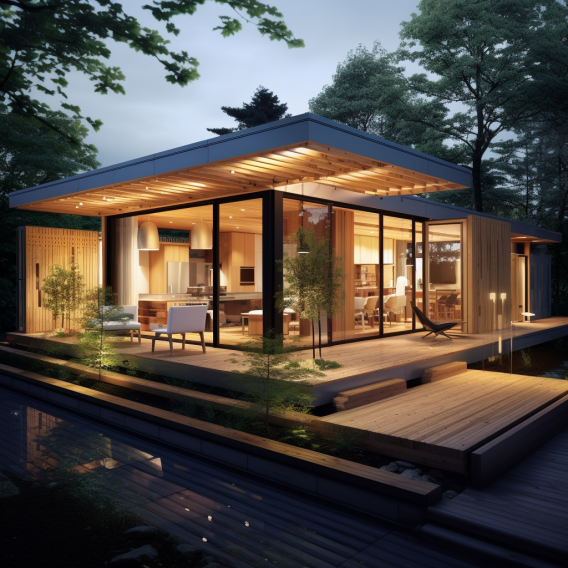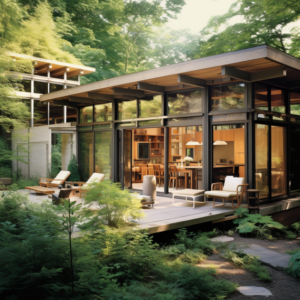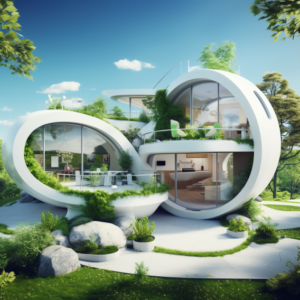The world of architecture and home design has witnessed a growing trend in sustainable living, and prefabricated houses are at the forefront of this movement. These innovative dwellings are not only stylish but also environmentally conscious, making them an attractive choice for those seeking a sustainable lifestyle. In this article, we’ll explore the beauty of sustainable prefabricated houses and how they blend style with eco-friendliness.
1. Efficient Construction
Prefab houses are constructed with efficiency in mind. The off-site manufacturing process reduces waste and minimizes the impact on the environment. Sustainable materials are often used in the construction of these homes, further reducing their carbon footprint.
2. Energy Efficiency
Many prefabricated houses are designed with energy efficiency as a priority. Features like high-quality insulation, energy-efficient appliances, and smart heating and cooling systems help reduce energy consumption, lowering utility bills and environmental impact.
3. Abundant Natural Light
Sustainable prefab houses often maximize natural light with large windows and open floor plans. This design not only enhances the beauty of the interior but also reduces the need for artificial lighting during the day, saving energy.
4. Renewable Energy Integration
To further enhance sustainability, some prefabricated houses integrate renewable energy sources such as solar panels. These systems generate clean and renewable electricity, reducing reliance on traditional energy sources.
5. Eco-Friendly Landscaping
The area surrounding prefabricated houses can be landscaped in an eco-friendly manner. Drought-resistant plants, rainwater harvesting systems, and permeable pavement can be incorporated into the design to reduce water consumption and promote sustainability.
6. Minimalist Aesthetic
Many prefabricated houses embrace a minimalist design aesthetic. Clean lines, simplicity, and a focus on functionality create a serene and uncluttered living space. This minimalist approach reduces the consumption of materials and encourages mindful living.
7. Sustainable Interior Decor
To complement the eco-conscious nature of prefabricated houses, choose sustainable interior decor. Opt for furniture made from reclaimed or responsibly sourced materials. Eco-friendly paints and finishes ensure a healthy indoor environment.
8. Green Roofing
Some prefabricated houses incorporate green roofing systems, which involve planting vegetation on the roof. Green roofs provide natural insulation, filter rainwater, and create a connection with nature.
9. Rainwater Harvesting
Rainwater harvesting systems can be installed to collect and store rainwater for non-potable uses like irrigation and flushing toilets. This practice conserves water and reduces reliance on municipal water supplies.
10. Modular Flexibility
Many prefabricated houses offer modular flexibility, allowing homeowners to easily expand or modify their living space as needed. This adaptability reduces the need for additional construction and minimizes waste.
Sustainable prefabricated houses are a testament to the marriage of style and environmental responsibility. By choosing these eco-friendly dwellings and incorporating sustainable practices into your lifestyle and decor, you can contribute to a greener and more stylish future of housing.



